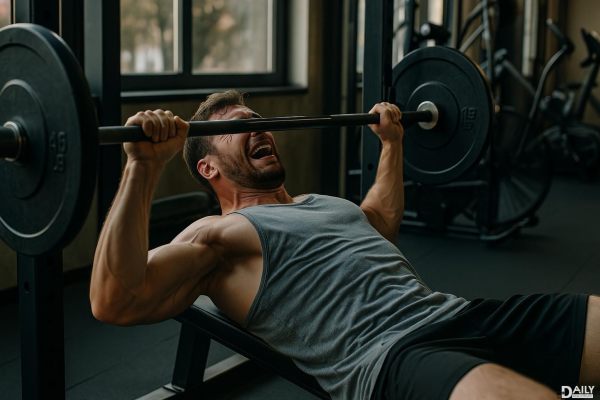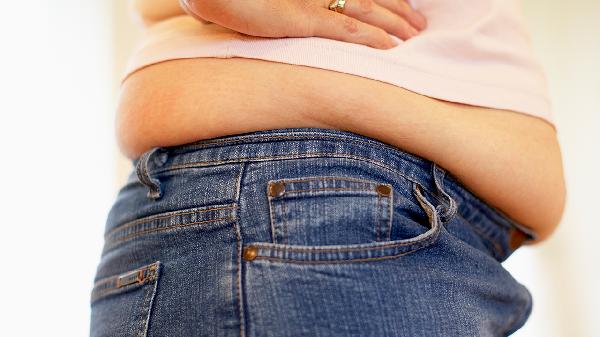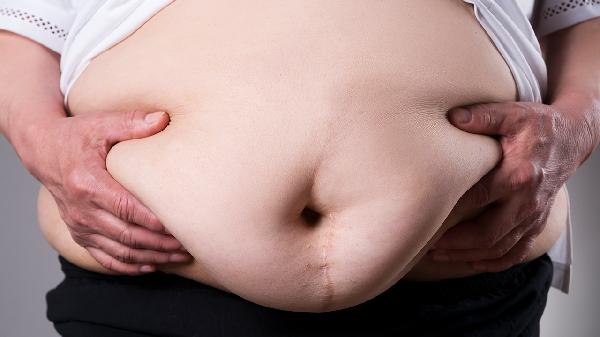Ladies, here's some good news—science says you might not need to grind as hard at the gym as men to reap the same longevity benefits. A growing body of research suggests women can achieve comparable (or even better) life-extending results with less exercise than their male counterparts. Before you cancel that gym membership though, let’s unpack why biology seems to be cutting you a break—and how to make those sweat sessions work smarter, not harder.
The Gender Gap in Exercise Benefits
Studies tracking tens of thousands of adults reveal a fascinating trend: women hit the "longevity sweet spot" with about half the exercise volume men require. While men typically need 300 minutes of moderate weekly activity to maximize lifespan gains, women see similar benefits at just 140 minutes. This isn’t about laziness—it’s physiology. Women’s bodies appear more efficient at converting movement into cellular protection, possibly due to differences in muscle fiber composition and hormone-driven metabolic responses. Estrogen, for instance, enhances blood vessel flexibility and antioxidant activity, giving female bodies a head start against exercise-induced stress.
Strength Training: Where Women Shine
Here’s where it gets interesting. While both sexes benefit from lifting weights, women experience disproportionate longevity perks from strength training compared to men. Just two weekly sessions reduce women’s mortality risk by 30%—a bigger drop than men achieve with the same effort. This likely ties to how female bodies preserve lean muscle mass during aging. Since women naturally have less muscle to begin with, resistance exercise triggers more dramatic protective effects on bone density, glucose metabolism, and inflammation control. Translation: swapping some cardio for dumbbells could be your secret weapon.
The Cardio Sweet Spot
Moderate aerobic activity—think brisk walking or cycling—delivers outsized rewards for women. Research shows females cutting early death risk by 24% with just 60 weekly minutes of moderate cardio, while men need double that for comparable results. But there’s a catch: excessive high-intensity workouts might actually diminish returns for women. Marathon-level training can disrupt hormonal balance in some females, suggesting a "less is more" approach. The magic formula? Aim for 2-3 hours weekly of activities that leave you slightly breathless but still able to chat.
Timing Matters (Especially for Women)
Emerging data suggests exercise timing interacts with female physiology in unique ways. Morning workouts appear particularly effective at regulating women’s circadian rhythms and cortisol levels, potentially enhancing metabolic benefits. Evening exercise, meanwhile, may interfere less with sleep quality for women than men. Those with menstrual cycles might also strategize around hormonal phases: luteal phase (post-ovulation) workouts often feel harder due to elevated body temperature, so scaling back intensity then isn’t slacking—it’s science.
Listening to Your Body’s Signals
Because women’s nervous systems are wired to detect physiological changes more sensitively, tuning into exertion cues is crucial. The "no pain, no gain" mentality backfires more often for women, whose bodies respond better to consistent moderate effort than occasional extreme sessions. Pay attention to recovery needs—if you’re fatigued for over 48 hours post-workout, that’s your body requesting a dial-back. Period-related energy dips? That’s normal; adjust accordingly instead of pushing through.
While these findings might seem like a hall pass to skip leg day, remember they highlight efficiency—not excuses. The real takeaway? Women can design workouts that respect biological differences while still crushing health goals. Whether it’s swapping a third weekly run for yoga or adding an extra rest day guilt-free, longevity isn’t about keeping up with the guys—it’s about playing your body’s unique strengths.
























